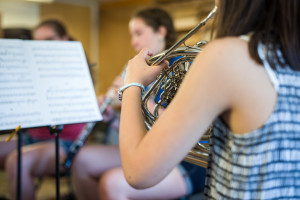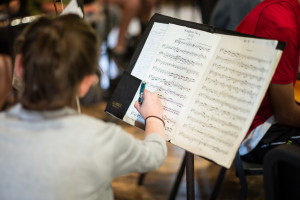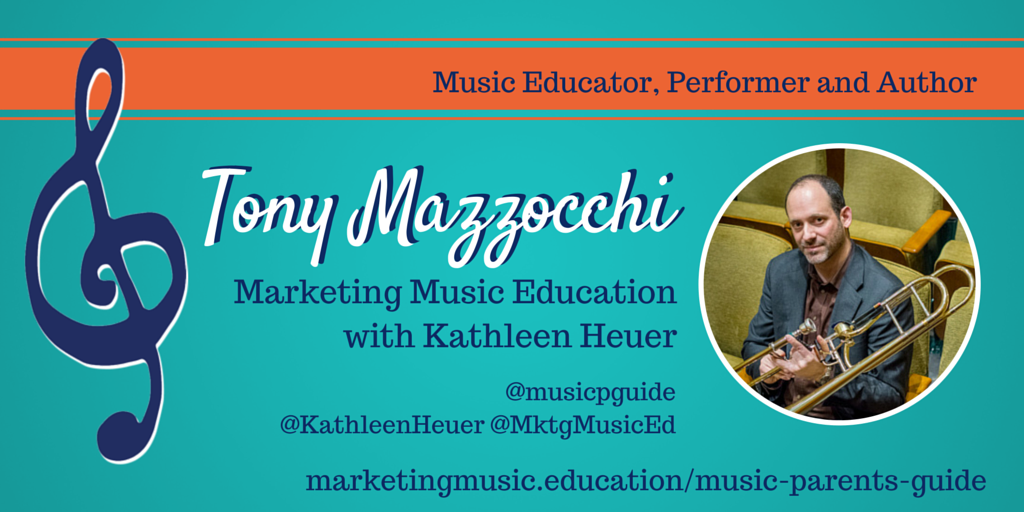 There have been more studies of the brain completed in the past twenty years than perhaps the past 200 years combined. We all have more access to knowledge about how humans learn that we have ever had before. These brain studies have shown us many things, including how children learn in different ways, how learning changes physical brain structure, and that “talent” as we know it is generally learned and developed — not inborn and inherent.
There have been more studies of the brain completed in the past twenty years than perhaps the past 200 years combined. We all have more access to knowledge about how humans learn that we have ever had before. These brain studies have shown us many things, including how children learn in different ways, how learning changes physical brain structure, and that “talent” as we know it is generally learned and developed — not inborn and inherent.
Yet our public school schedules and offerings have remain unchanged, for the most part, for decades.
As far as school subject offerings are concerned, an abundance of research continues to show that arts education has a profound effect on a child’s life, both within and beyond school walls. But here is the rub: Some of the most crucial life skills that studying music imparts on a child is not quantified and reflected on the current iteration of local and state report cards — therefore, science has been all but ignored by legislators and administrators.
Regardless of the many reasons to study art for arts’ sake, brain research (and the subsequent data from it) should be more than enough to ensure that the arts are not only offered in their unfettered forms, but are infused into every nook and cranny of school curricula.
Here are three vital human characteristics that research of the brain has shown music provides all students in their school day:









Recent Comments